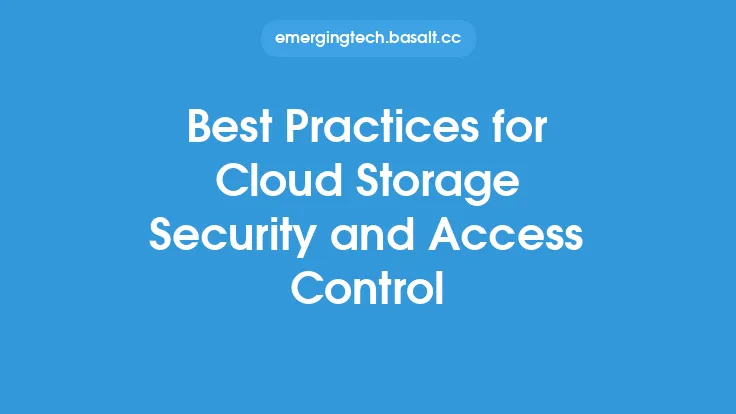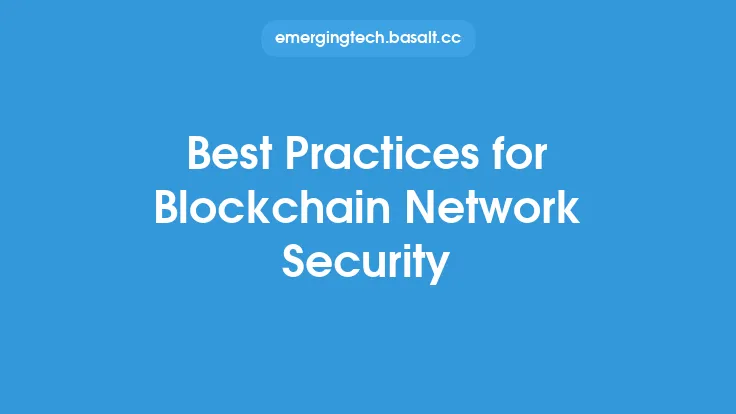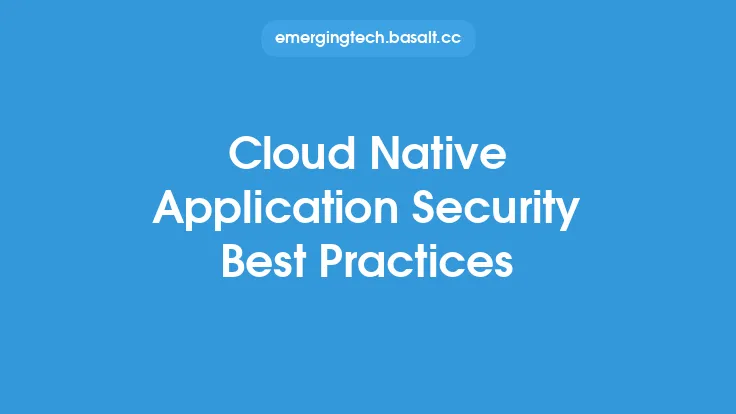As businesses continue to rely on digital technologies to operate and grow, the importance of securing their endpoints has never been more critical. Endpoints, which include laptops, desktops, mobile devices, and servers, are the most vulnerable points of entry for cyber threats, making endpoint security a top priority for organizations of all sizes. In this article, we will explore the best practices for businesses to protect their endpoints from cyber threats and ensure the integrity of their data.
Understanding Endpoint Security Threats
Endpoint security threats are becoming increasingly sophisticated, with new types of malware, ransomware, and other types of cyber attacks emerging every day. Some of the most common endpoint security threats include phishing attacks, drive-by downloads, and exploit kits. Phishing attacks involve tricking users into revealing sensitive information, such as login credentials or financial information, while drive-by downloads occur when a user visits a compromised website, which then downloads malware onto their device. Exploit kits, on the other hand, are toolkits that cyber attackers use to exploit vulnerabilities in software and gain unauthorized access to a device or network.
Implementing Endpoint Security Measures
To protect against these threats, businesses should implement a range of endpoint security measures. First and foremost, all endpoints should be equipped with up-to-date antivirus software that can detect and remove malware. Additionally, businesses should implement a firewall to block unauthorized access to their network and endpoints. It's also essential to keep all software and operating systems up to date, as newer versions often include security patches that can help prevent cyber attacks. Furthermore, businesses should use strong passwords and multi-factor authentication to prevent unauthorized access to their endpoints and data.
Endpoint Security Technologies
There are several endpoint security technologies that businesses can use to protect their endpoints. One of the most effective is endpoint detection and response (EDR) software, which uses advanced analytics and machine learning to detect and respond to cyber threats in real-time. Another technology is security information and event management (SIEM) systems, which provide real-time monitoring and analysis of security-related data to help businesses detect and respond to cyber threats. Businesses can also use virtual private networks (VPNs) to encrypt internet traffic and protect data in transit.
Network Segmentation
Network segmentation is another critical endpoint security best practice. By segmenting their network into different zones, businesses can limit the spread of malware and unauthorized access in the event of a cyber attack. This can be achieved by implementing virtual local area networks (VLANs) or access control lists (ACLs) to restrict access to sensitive areas of the network. Network segmentation can also help businesses to isolate and contain cyber threats, making it easier to detect and respond to them.
User Education and Awareness
User education and awareness are also essential endpoint security best practices. Businesses should educate their employees on how to identify and avoid cyber threats, such as phishing attacks and suspicious emails. Employees should also be trained on how to use strong passwords, keep software up to date, and use multi-factor authentication. Additionally, businesses should establish a culture of security awareness, where employees feel encouraged to report suspicious activity and are empowered to take an active role in protecting the organization's endpoints and data.
Incident Response Planning
Finally, businesses should have an incident response plan in place in the event of a cyber attack. This plan should include procedures for detecting and responding to cyber threats, as well as protocols for containing and eradicating malware. The plan should also include procedures for communicating with stakeholders, such as employees, customers, and law enforcement, in the event of a cyber attack. By having an incident response plan in place, businesses can minimize the impact of a cyber attack and ensure business continuity.
Continuous Monitoring and Evaluation
Continuous monitoring and evaluation are critical components of an effective endpoint security strategy. Businesses should regularly monitor their endpoints and network for signs of cyber threats, using tools such as intrusion detection systems (IDS) and security information and event management (SIEM) systems. They should also regularly evaluate their endpoint security measures to ensure they are effective and up to date. This can involve conducting regular security audits, vulnerability assessments, and penetration testing to identify weaknesses and vulnerabilities in the organization's endpoints and network.
Conclusion
In conclusion, endpoint security is a critical component of a business's overall cybersecurity strategy. By understanding endpoint security threats, implementing endpoint security measures, using endpoint security technologies, segmenting their network, educating users, having an incident response plan in place, and continuously monitoring and evaluating their endpoint security, businesses can protect their endpoints and data from cyber threats. By following these best practices, businesses can ensure the integrity of their data, prevent cyber attacks, and maintain business continuity.





